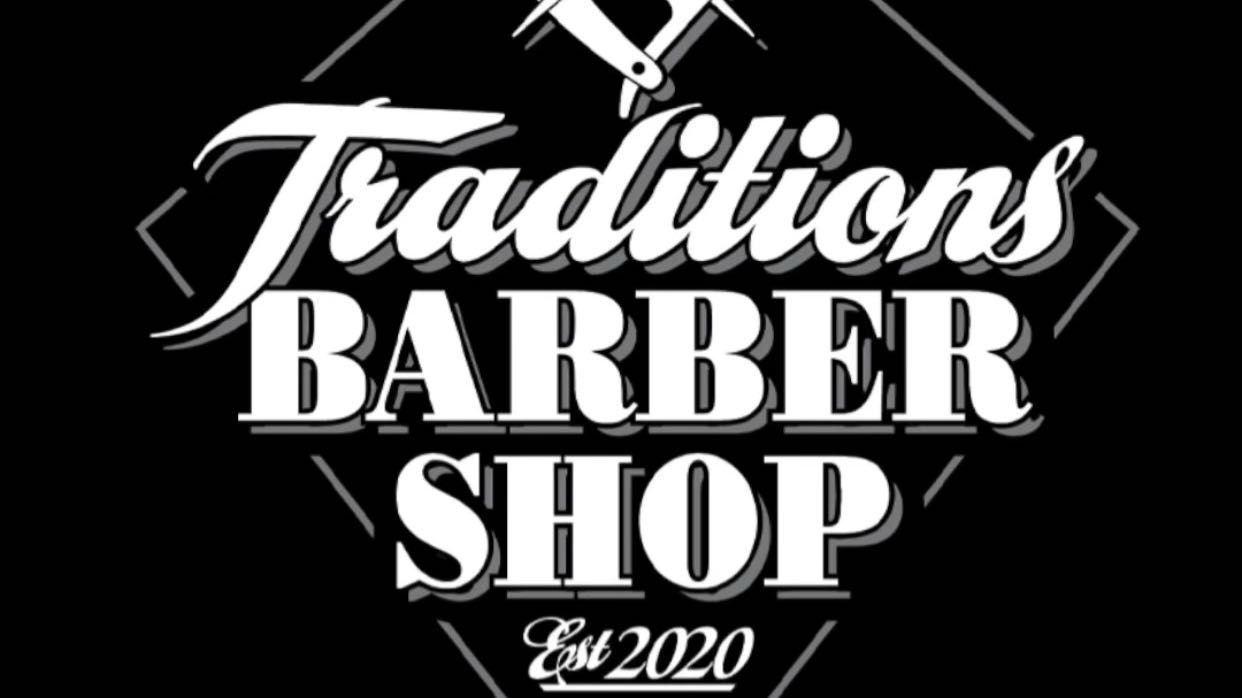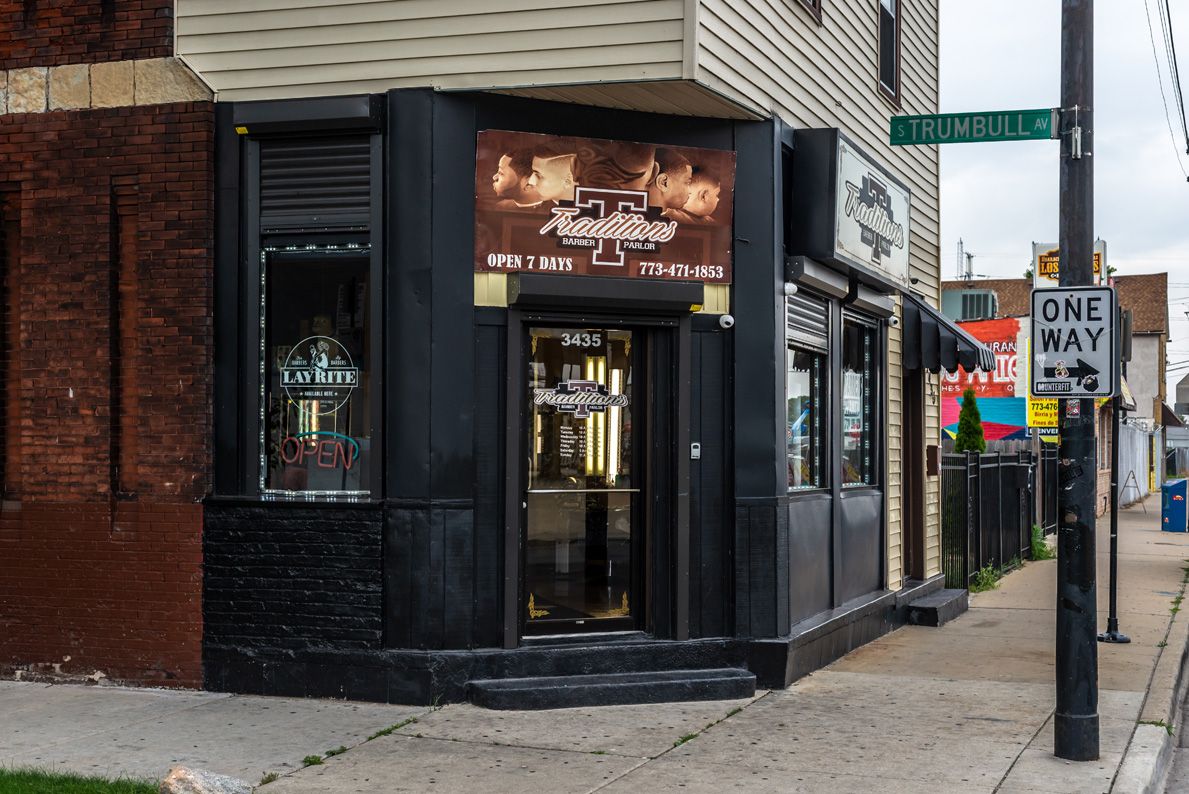A Deep Dive into the Traditions of the Barbershop
The barbershop, a cornerstone of many communities, transcends its function as a mere hair-cutting establishment. It embodies a unique blend of tradition, social interaction, and a distinct masculine aesthetic. This article delves into the rich tapestry of barbershop traditions, exploring their historical roots, cultural significance, and enduring appeal.
1.1. Ancient Roots: Barbers as Surgeons and Social Hubs
The origins of barbering can be traced back to ancient civilizations. In Egypt, priests were responsible for both religious rituals and medical practices, including hairdressing and surgery. This dual role is reflected in the iconic barber pole, with its red and white stripes symbolizing blood and bandages, respectively.

In ancient Rome, barbershops served as social gathering places, where citizens discussed politics, exchanged news, and conducted business deals. This social function has remained a defining characteristic of barbershops throughout history.
1.2. The Medieval Era: Guilds and Specialization
During the medieval period, barbering became a recognized profession, with guilds established to regulate training and standards. Barbers continued to perform surgical procedures, such as bloodletting and tooth extraction, alongside their hairdressing duties.
1.3. The Renaissance and the Rise of the Gentleman’s Barber
The Renaissance saw a shift towards a more refined approach to grooming. The concept of the “gentleman” emerged, emphasizing personal hygiene and appearance. Barbershops catered to this evolving ideal, offering a range of services beyond basic haircuts, including shaves, manicures, and even perfumery.
2.1. The 19th Century: Immigrant Influence and the Rise of the Classic Barbershop

The 19th century witnessed a significant influx of immigrants to the United States, many of whom brought their own barbering traditions. This cultural exchange contributed to the development of the distinctive American barbershop, characterized by its emphasis on camaraderie, storytelling, and a focus on traditional men’s grooming techniques.
2.2. The Golden Age: Mid-20th Century and the Rise of Popular Culture
The mid-20th century marked a golden age for American barbershops. They became integral to the social fabric of communities, serving as gathering places for men of all ages and backgrounds. Popular culture further cemented the barbershop’s iconic status, with films and television shows frequently featuring these establishments as settings for social interaction and comedic relief.
2.3. The Modern Revival: A Return to Tradition
In recent years, there has been a resurgence of interest in traditional barbering. A new generation of barbers is embracing classic techniques, emphasizing personalized service, and creating a nostalgic yet contemporary experience.
3.1. The Art of Conversation: Storytelling and Camaraderie
The barbershop has always been more than just a place for haircuts. It is a space for conversation, storytelling, and the exchange of ideas. Barbers often act as community pillars, offering advice, sharing local news, and fostering a sense of camaraderie among their clientele.
3.2. The Importance of Skill and Craftsmanship
Traditional barbershops prioritize skill and craftsmanship. Experienced barbers are highly trained in a variety of techniques, from classic fades and straight razor shaves to intricate beard trims. This emphasis on skill and precision contributes to the enduring appeal of the traditional barbershop experience.
3.3. The Role of Nostalgia and Ambiance
The ambiance of a traditional barbershop is often characterized by nostalgic elements, such as vintage barber chairs, checkered floors, and old-fashioned signage. This nostalgic atmosphere creates a sense of comfort and familiarity, transporting patrons back to a simpler time.
3.4. The Hot Towel Shave: A Luxurious Experience
The hot towel shave is a quintessential barbershop experience. This luxurious treatment involves applying a warm, moist towel to the face to soften the beard, followed by a close shave using a straight razor. The hot towel shave is not only effective but also incredibly relaxing, offering a moment of pampering and self-care.
4.1. The Turkish Hamam: A Cultural Fusion of Grooming and Ritual
The Turkish hamam, or Turkish bath, offers a unique blend of grooming and ritual. While not strictly a barbershop, the hamam incorporates elements of traditional barbering, such as shaving and exfoliation, within a broader cultural context.
4.2. The Italian Barberia: A Focus on Style and Fashion
Italian barberias are renowned for their emphasis on style and fashion. They often offer a wide range of grooming services, including hair coloring, styling, and beard design. Italian barbershops are known for their attention to detail and their ability to create personalized looks for each client.
4.3. The Japanese Traditional Barber Shop: A Blend of Ancient and Modern
Japanese traditional barbershops, known as “床屋” (tokoya), have a long and rich history. They combine ancient techniques with modern innovations, offering a unique blend of traditional and contemporary grooming experiences.
While the core principles of traditional barbering remain unchanged, the modern barbershop is evolving to meet the demands of a changing world.
5.1. Embracing Modern Technology
Many modern barbershops are incorporating technology into their services, such as online booking systems, social media marketing, and the use of advanced grooming tools.
5.2. Focusing on Wellness and Self-Care
There is a growing emphasis on wellness and self-care, and modern barbershops are responding by offering a range of services beyond traditional haircuts, such as scalp massages, facials, and aromatherapy treatments.
5.3. Cultivating Community and Social Responsibility
Many barbershops are actively involved in their communities, supporting local charities, organizing fundraising events, and creating a sense of social responsibility within their establishments.
The barbershop, with its rich history, unique traditions, and enduring appeal, remains a vital part of the social and cultural landscape. As we move forward, the barbershop will continue to evolve, adapting to new trends while preserving the core values of skill, craftsmanship, and community that have defined it for centuries.
The barbershop is more than just a place to get a haircut; it is a place to connect, to relax, and to experience a unique blend of tradition and modernity. It is a testament to the enduring power of human connection and the importance of preserving the art of skilled craftsmanship.



